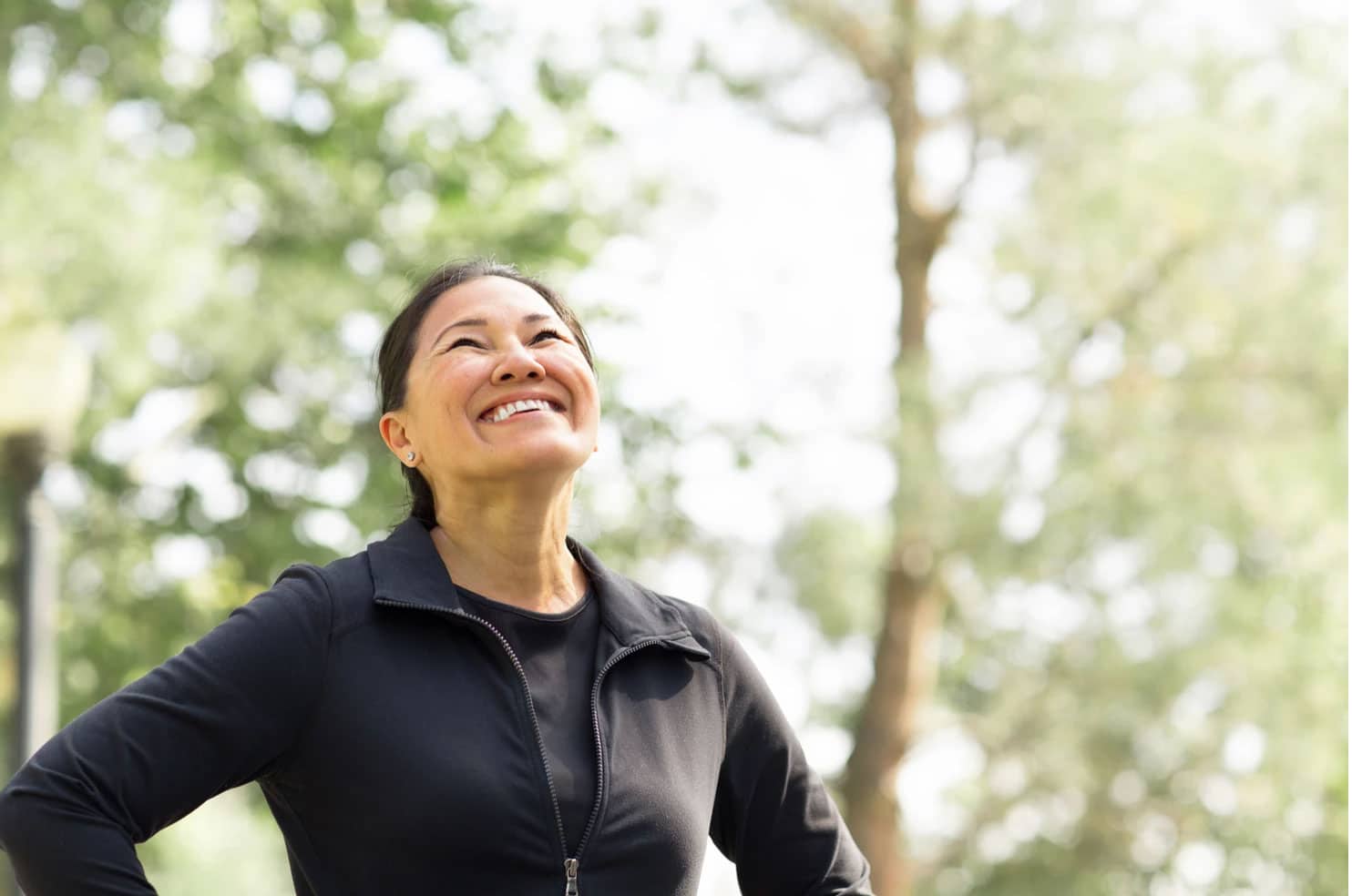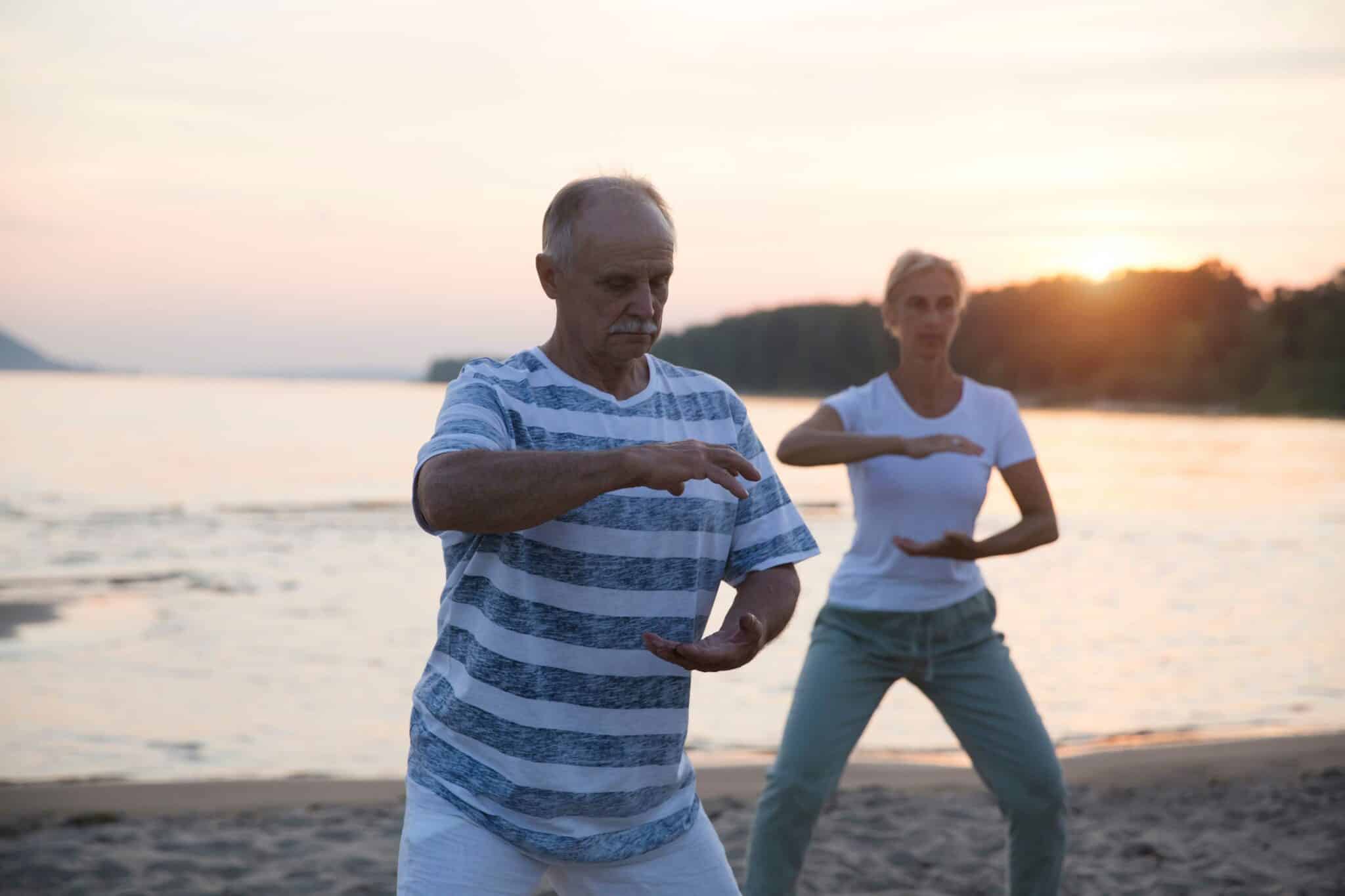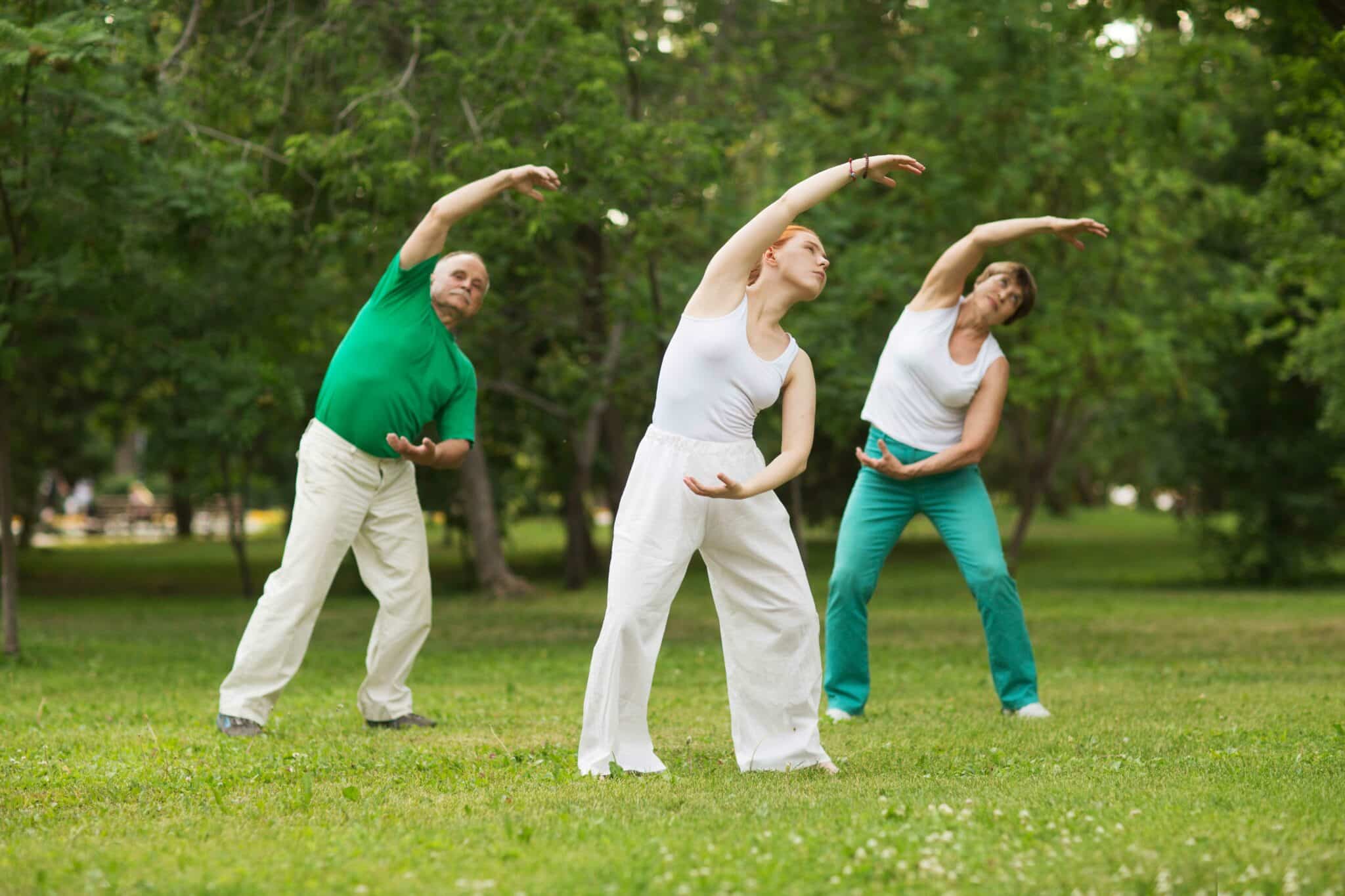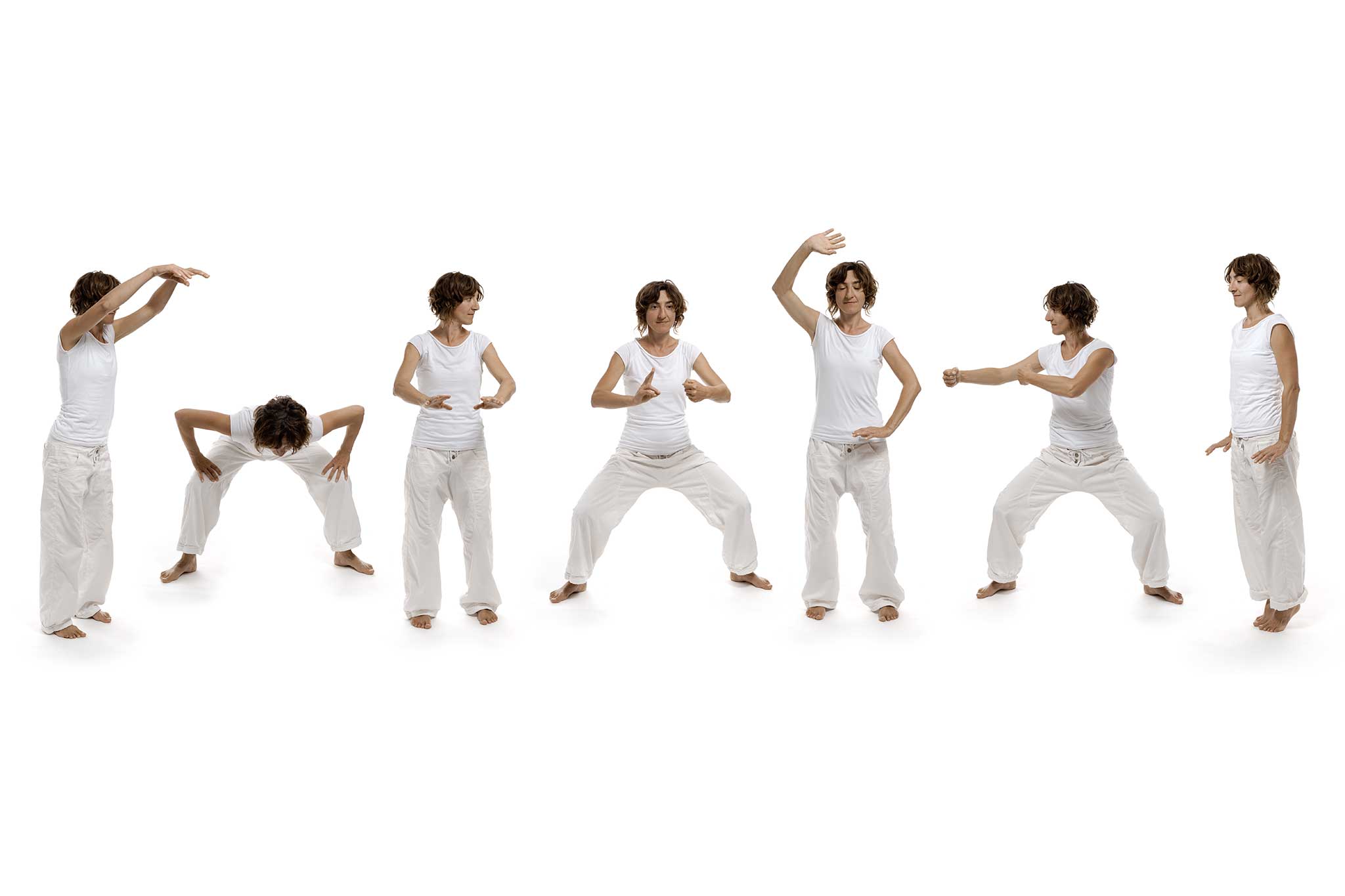
Breathing Mechanics and Physiology: Why Better Breathing Means Better Health
We breathe over 20,000 times a day, yet most of us don’t think twice about it. But if you struggle with chronic pain, fatigue, stress,

Have you heard about the mystical Chinese art of Qigong?
If you have, I still believe that Qigong may remain something of a mystery to you.
It was for me too!
Even though I grew up in Singapore, a place where Qigong classes are virtually everywhere, I have never tried a Qigong class.
Then, a few months ago I joined the RedoHealth Qigong Classes run by Adam Wiltshire.
Adam has vast experience and training in Qigong. He certainly does not strike me as those clumsy middle-aged people just waving their hands floppily back in Singapore!
I attended a few weeks of his 8 Trigram (Ba Gua) Organ Qigong Class and it was an incredibly eye-opening experience.
From the way Adam moves and the details of his instructions, I started appreciating how Qigong is an excellent form of exercise for health and better movement.
Now, I am recommending Qigong to you too!

The short answer is no.
Qigong (气功) comprises of two words: Qi/气 (“chee” without the ‘h’) and Gong/功.
“Gong” is easier to define: It can mean one or all of the following:
As for “Qi”, well, we Chinese folks honestly do not fully know what it is!
It is used to describe phenomena ranging from the air to bodily fluid and ethereal energy or life force (similar to concepts like prana).
Since breathing is a big focus in Qigong, it does involve the “Qi” in the air we breathe.
However, Qigong also aims to stretch and mobilise our body so our life force “Qi” can flow better in the meridians and organs.
Thus, we can loosely define Qigong as a form of training and cultivating the “Qi” in our body.
Qigong training is used for medical, martial arts and even spiritual purposes!
So is Qigong just about breathing?
Far from it!

I have been doing martial arts (Wing Chun and Tai Chi) for more than 10 years. I am also a Physiotherapist with training in Clinical Pilates and Therapeutic Yoga.
Furthermore, my dad was a Traditional Chinese Medicine (TCM) Practitioner who shared the basics of TCM with me, so I am well-disposed to understanding the human body from an Eastern and Western perspective.
This gives me a multi-faceted angle to look into what makes Adam’s Qigong classes a unique form of exercise that is beneficial to your mind, body and soul.
Let us look at a few of them.

When training Qigong, one cannot separate the body and the mind.
So what makes a movement mindful or mindless?
Here is a hint:
It is in the instructions given.
For one exercise, Adam instructs us to curl our fingers with ‘10% intensity’ and maintain it throughout the movement to create light tension in the soft tissue of the arms.
Too little or too much makes the arm floppy or stiff.
The 10% intensity allows the exercise to stretch and mobilise the tissue of the entire arm.
Even after performing a few sets of that exercise, I felt more suppleness and flexibility in my arms instead of stiffness.
This is just one example of how cueing for mindful movement in Qigong helps improve the effects of the exercise!
In fact, these subtle cues are what make a difference in your training, even for other arts like Tai Chi, Yoga and Pilates!

When the Chinese developed Qigong, they had no idea of the Western concepts of anatomy.
Instead, Qigong was created based on the theories of TCM.
TCM believes that the body is connected by meridian lines that deliver ‘Qi’ throughout the body.
This flow of “Qi” determines our health. Any blockages along the meridians will disrupt the flow and hence affect the state of our health.
Most Qigong exercises aim to mobilise one or more meridian lines.
Since these lines travel across the entire body, Qigong exercises rarely (or never) isolate movement to individual joints.
Qigong exercises also serve another function: To mobilise the torso to ‘massage’ the internal organs.
This is relevant to Qigong because it is believed that “Qi” in the meridians originate from the internal organs.
What this also means is Qigong exercises are a surprisingly functional and dynamic way of stretching and moving the whole body.

Qigong aims to use mindful movement and whole-body movement to mobilise and open up the body for uninterrupted “Qi” flow via the meridian lines.
Perhaps you may be asking why “Qi” blockages in the meridians occur?
According to TCM, one causal factor (out of many) is muscle tension.
No doubt, if you have tense and sore muscles, you will agree that your movements feel more sluggish and restricted!
Muscle tension can in turn be caused by posture, movement habits, stress and of course, injury.
Qigong exercises seek to reduce muscular tension (or “Qi” blockage) by moving with fluidity and flowing instead of ‘muscling through’ like lifting weights.
It achieves this by way of using mindfulness and breathing to release tension, calm the mind and thus open up the body.
The opened body in turn moves with more fluidity, which makes the exercise more enjoyable, calming and beneficial!

In modern society, we are always in a rush.
To keep up with the pace, we are often forced to sacrifice our health through poor diet, sedentary lifestyles while being constantly stressed.
In TCM principles, each of our organs correspond to a specific emotion.
For example, anger is related to the liver and grief to the lungs. It is believed that the state of our organs and emotions can impact one another and affect our health.
This is why Qigong exercises emphasise on calming and relaxing the mind by moving in a rhythmic flow, with subtle cues and gentle breathing for the mind to focus on.
From this you can start to see how Qigong exercises can provide benefits to our physical and mental health, as well as our emotional well-being too!
Based on these reasons, can you see why the Chinese consider Qigong to be a national treasure?

Adam conducts Qigong classes at 9:30am every Tuesday at RedoHealth.
The Qigong forms that Adam teaches are generally safe and suitable for all participants.
However, if you have a serious medical condition or significant injury affecting general movement, it is advisable to speak to a Physiotherapist before joining a class.
Otherwise, if this article has piqued your interest in Qigong, you can sign up for next term here or register your interest by email at [email protected].
And if you still want more classes that are focusing on breathing, flowing, stretching and mobility, you can also consider trying RedoHeath’s alternative to Yoga: The REFRESH class!

We breathe over 20,000 times a day, yet most of us don’t think twice about it. But if you struggle with chronic pain, fatigue, stress,

From Melinda… For people who come to my classes and clients who have been seeing me for a while, may have heard some of the

Meet Susan Susan recently suffered a fall attempting to lift a 2.5kg bag of soil overhead in her garden shed when she felt her leg
Sign Up Below To Get Your Free RedoHealth Guide Now

By registering, you agree to receive SMS and email communications from RedoHealth. No spam guaranteed. Unsubscribe at anytime.